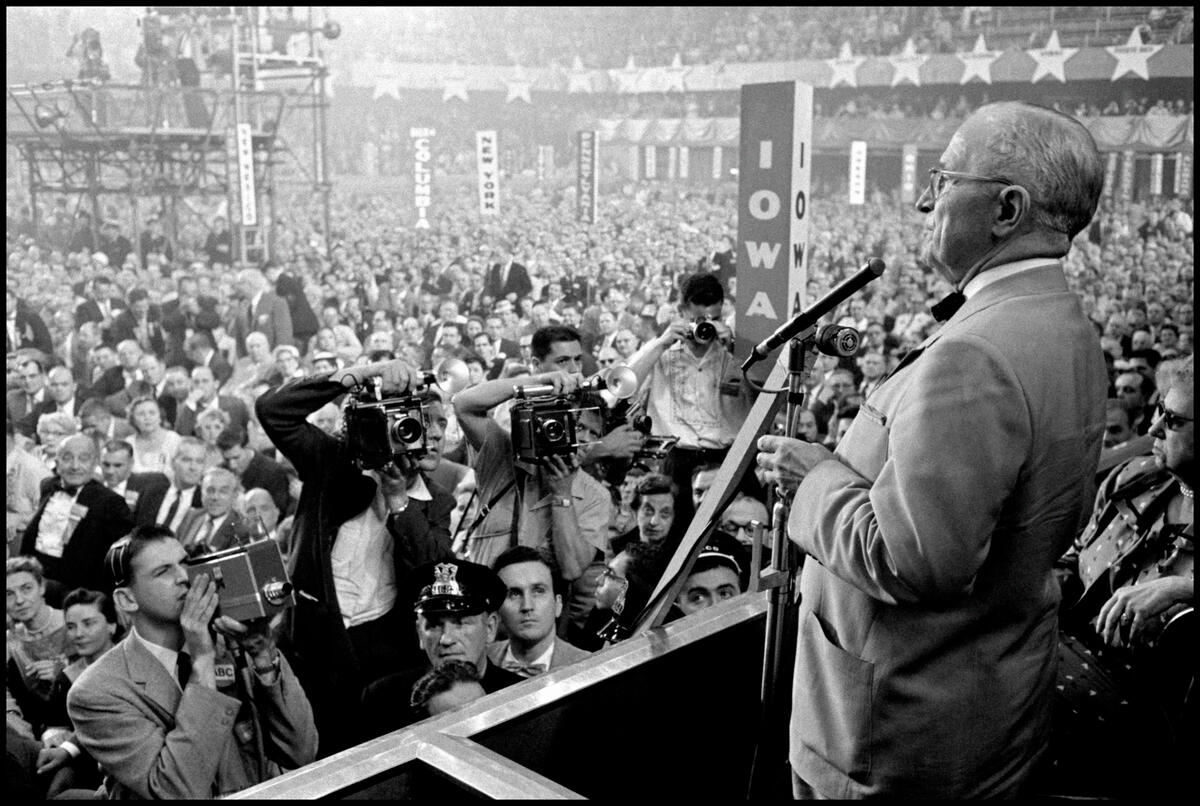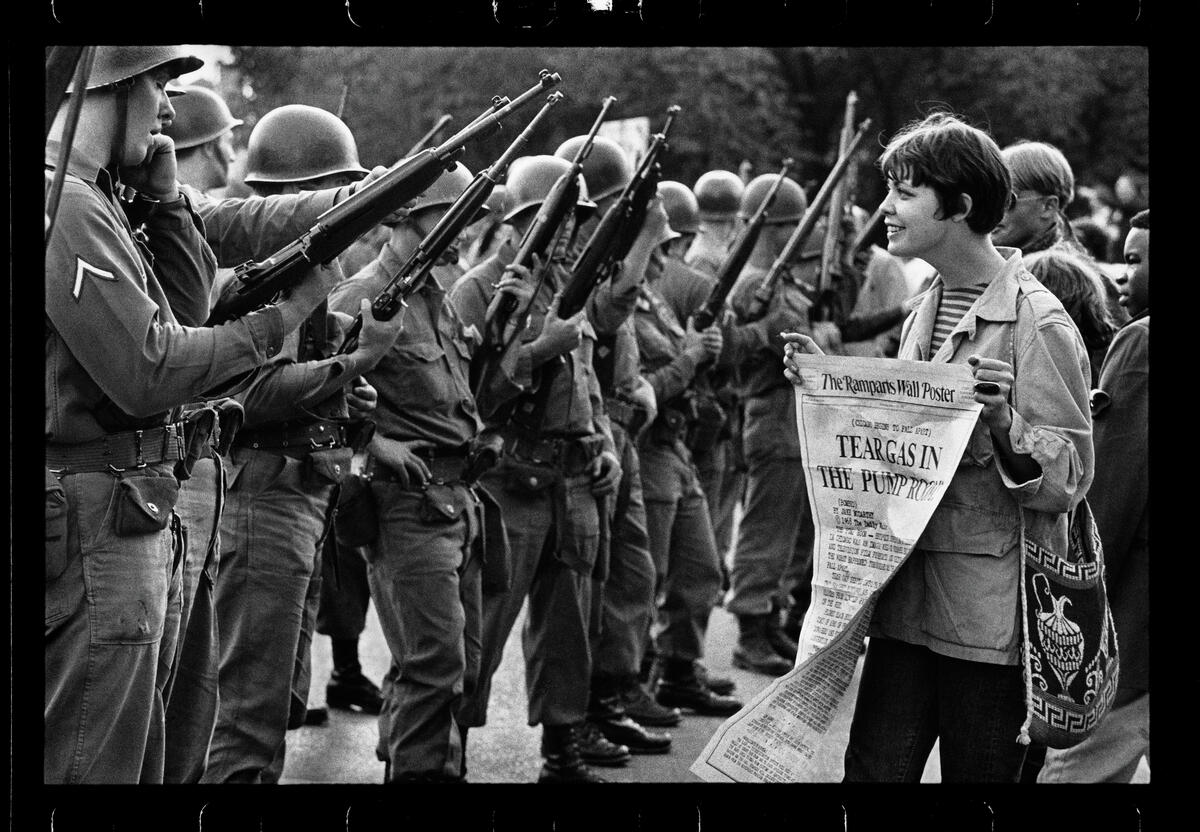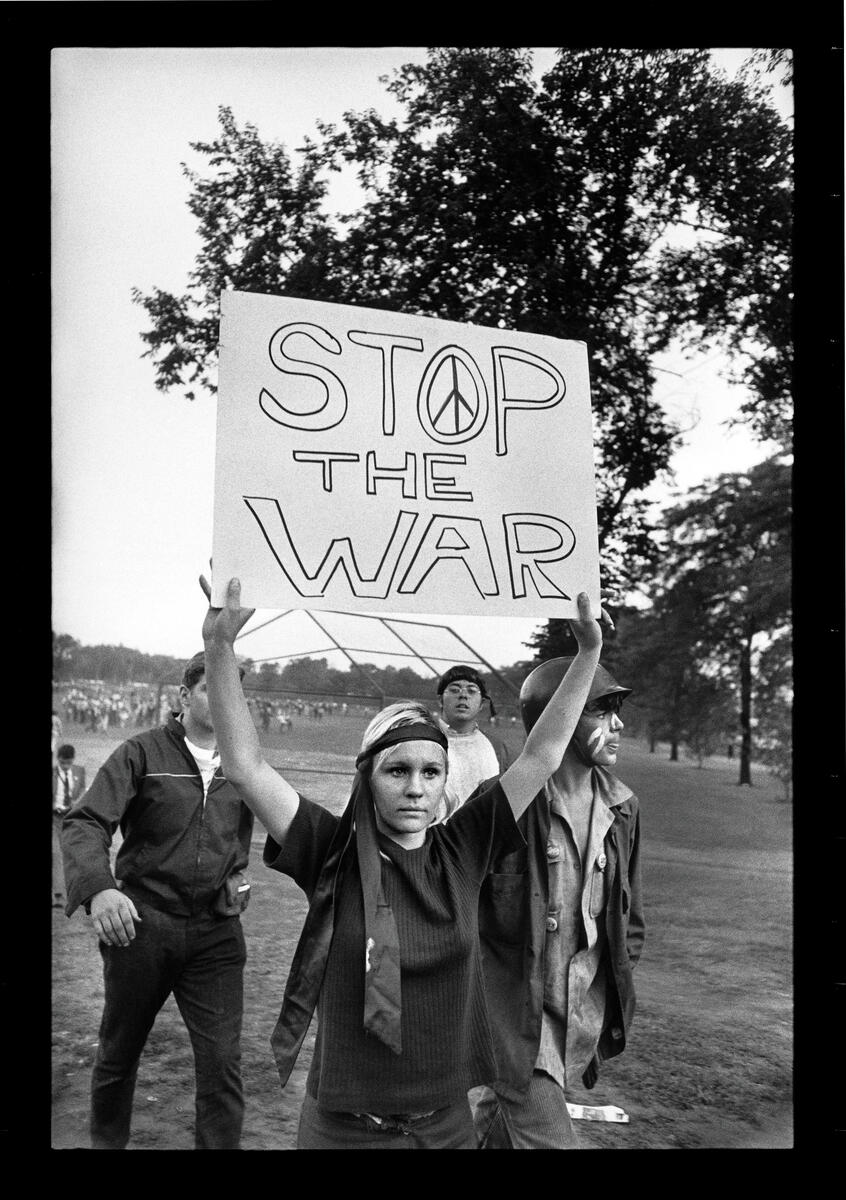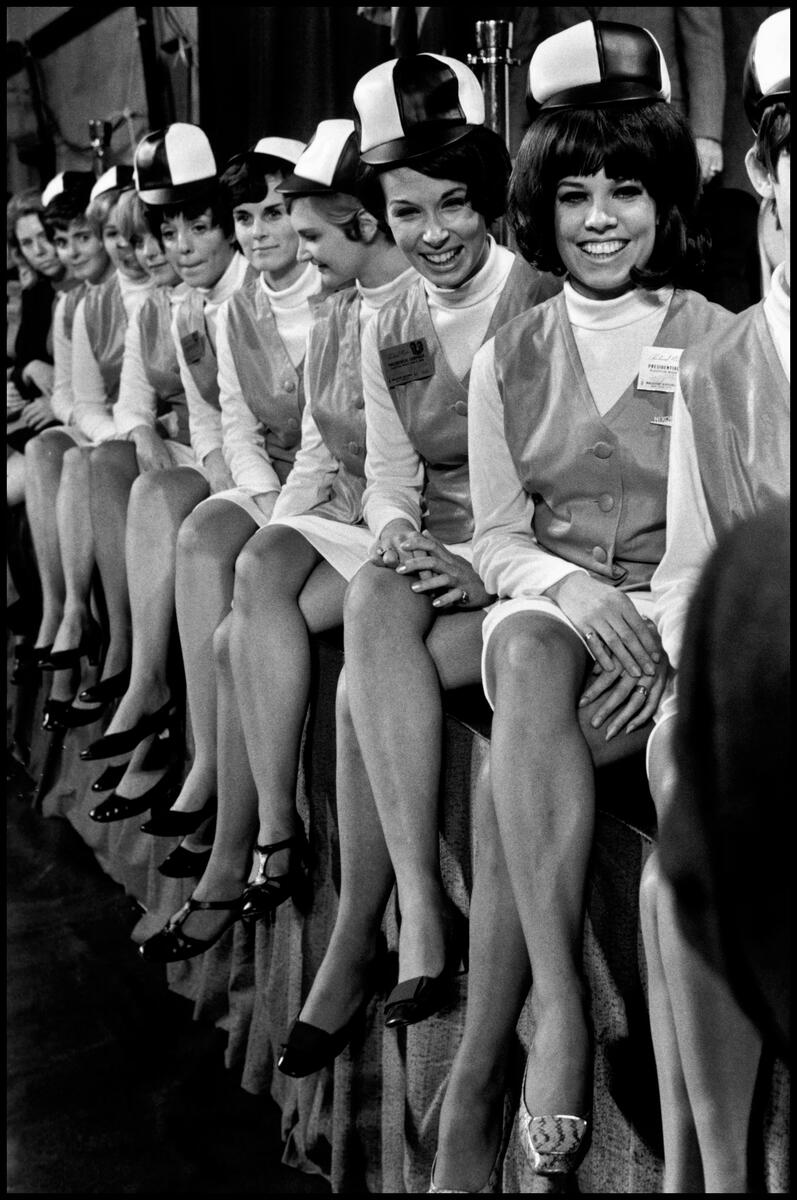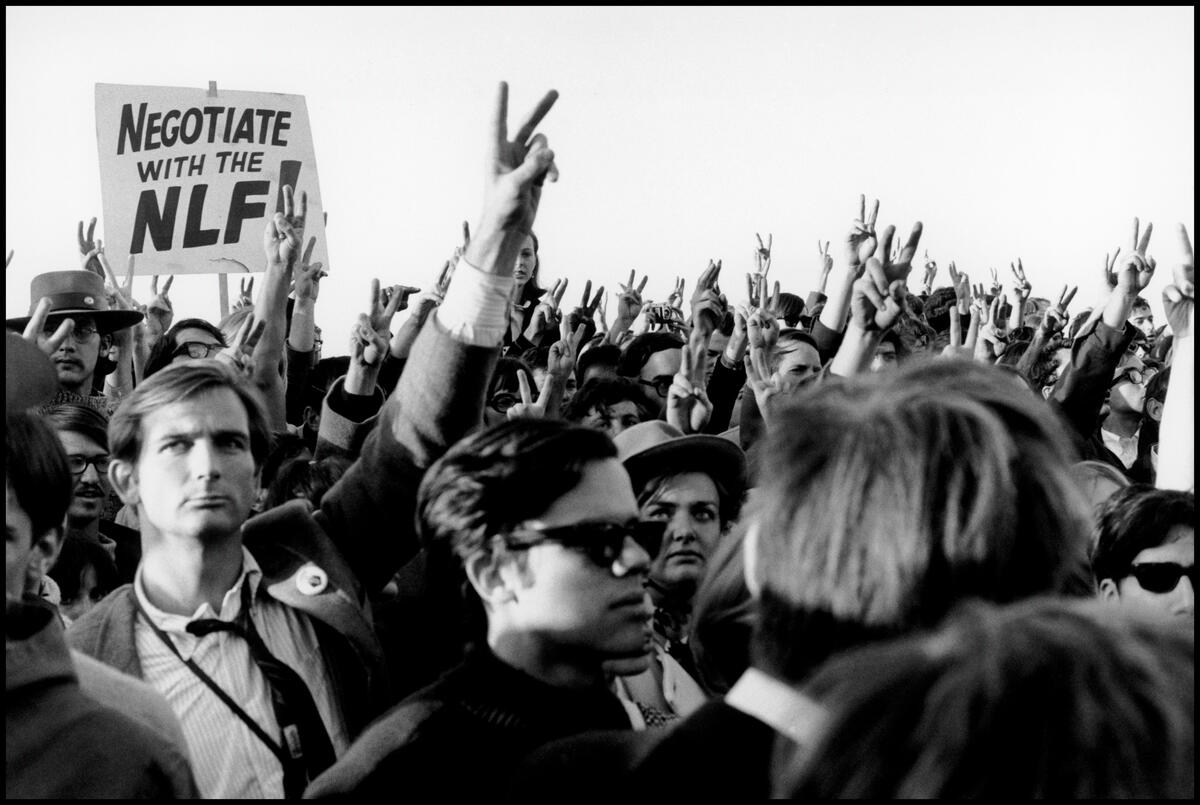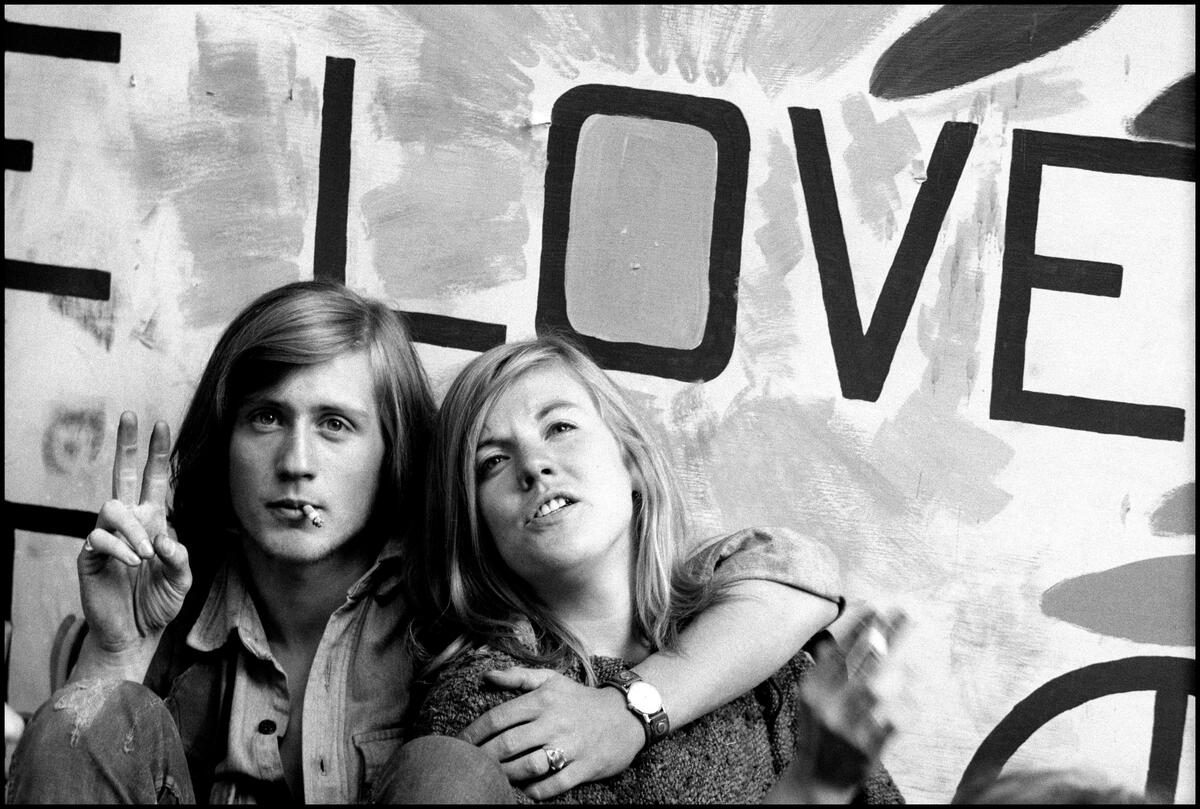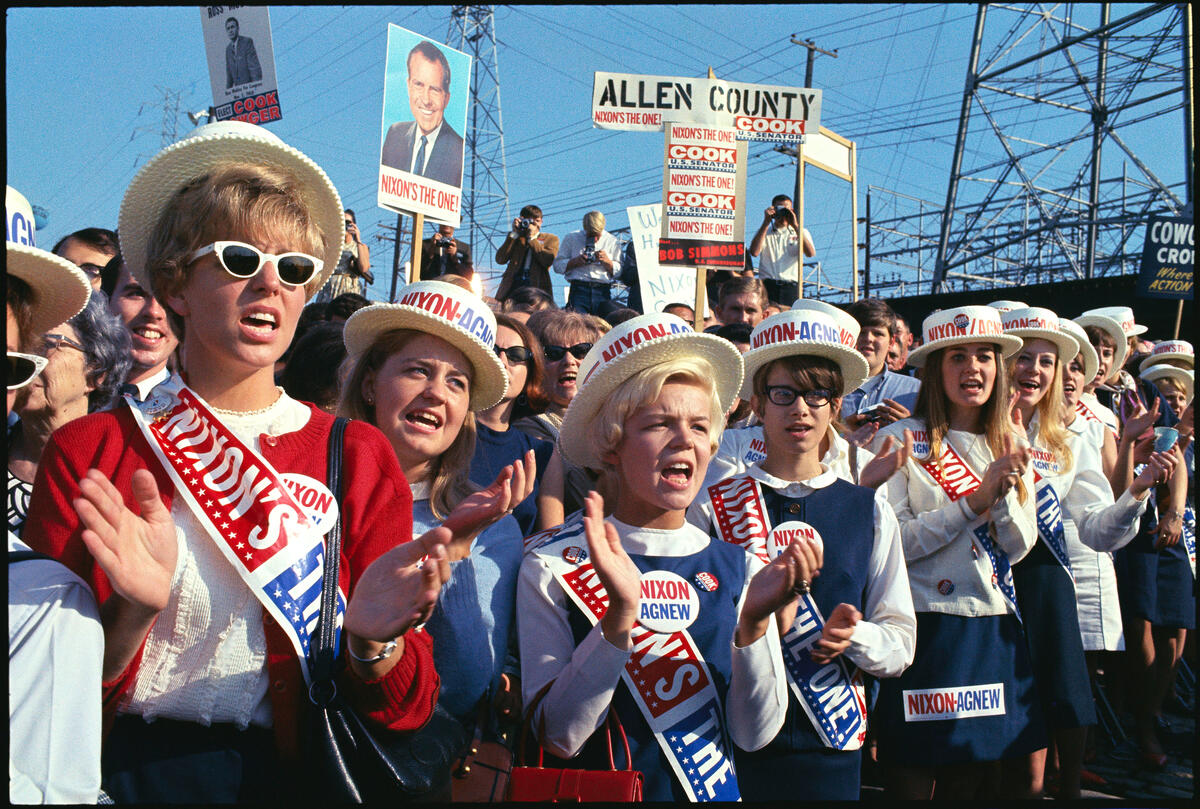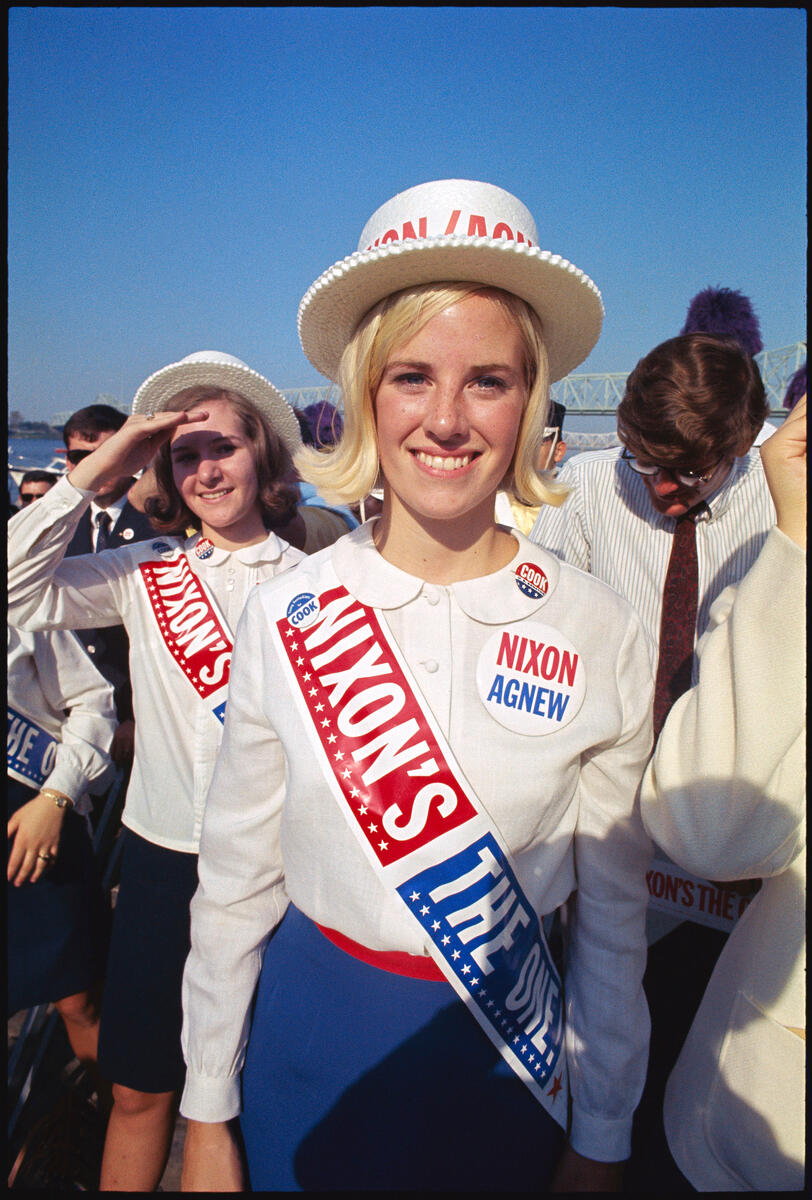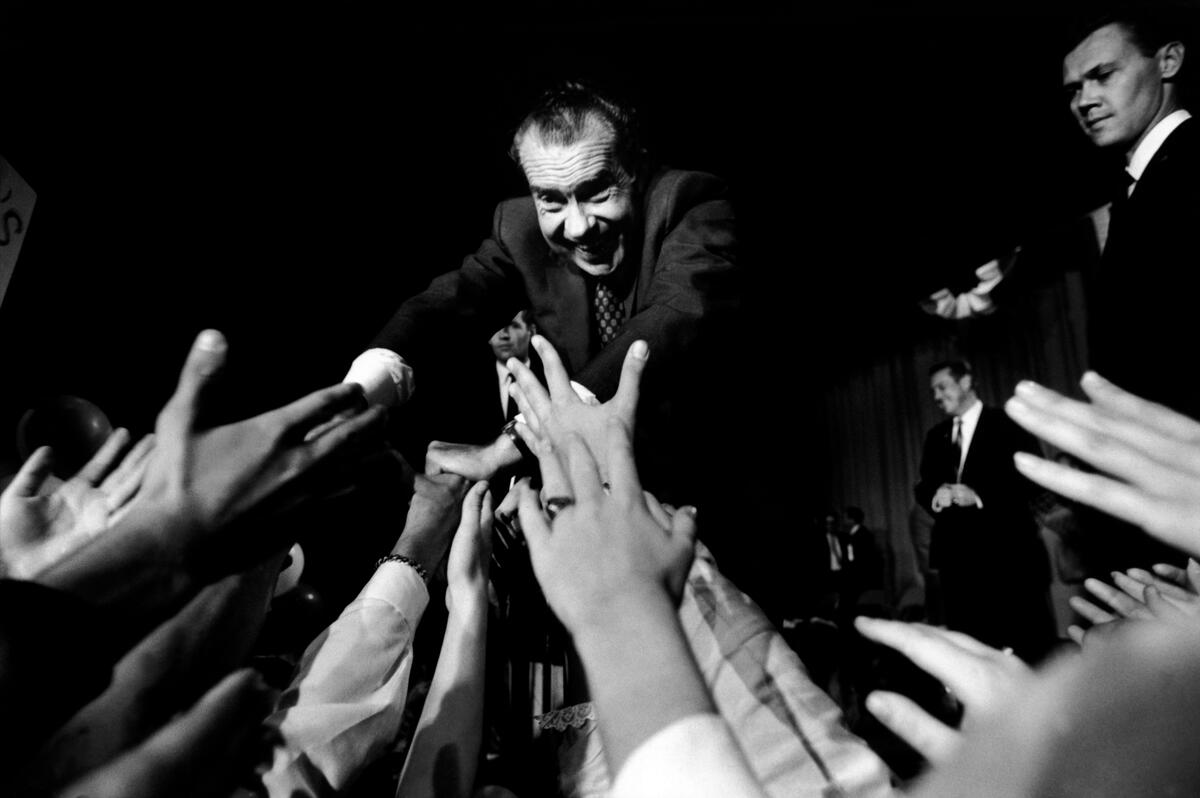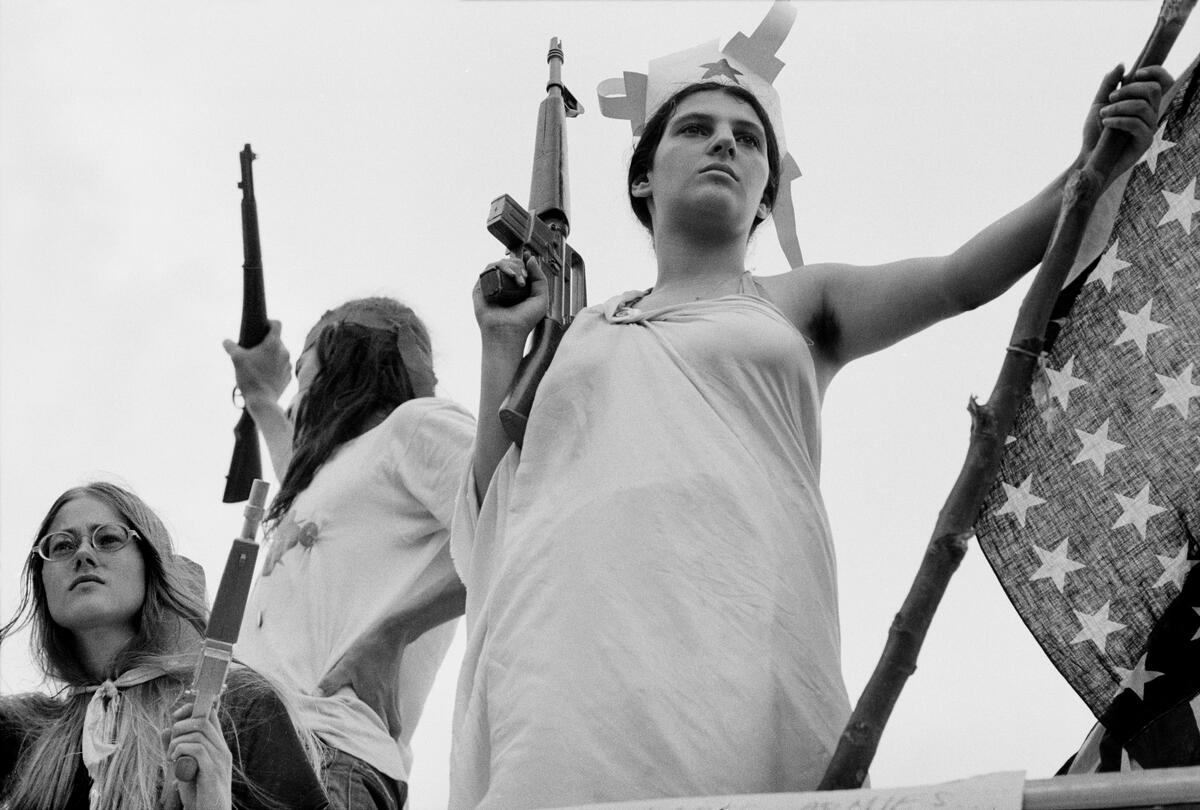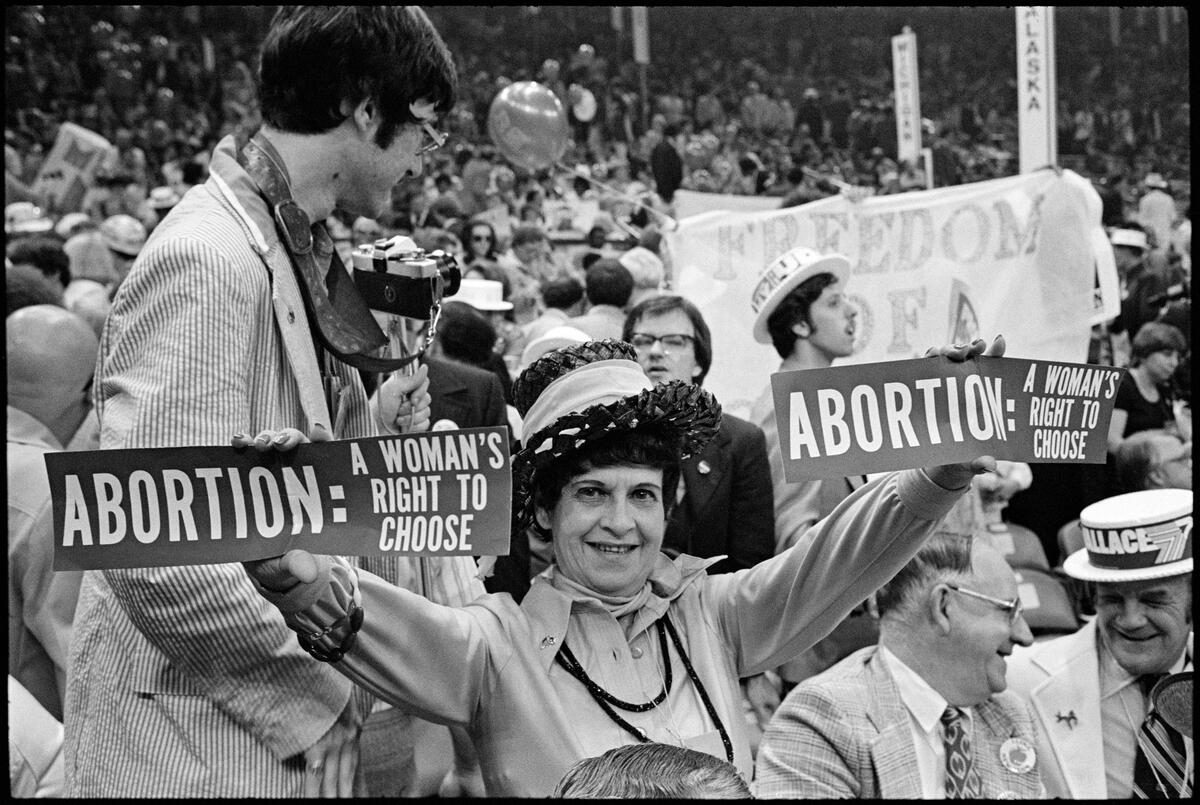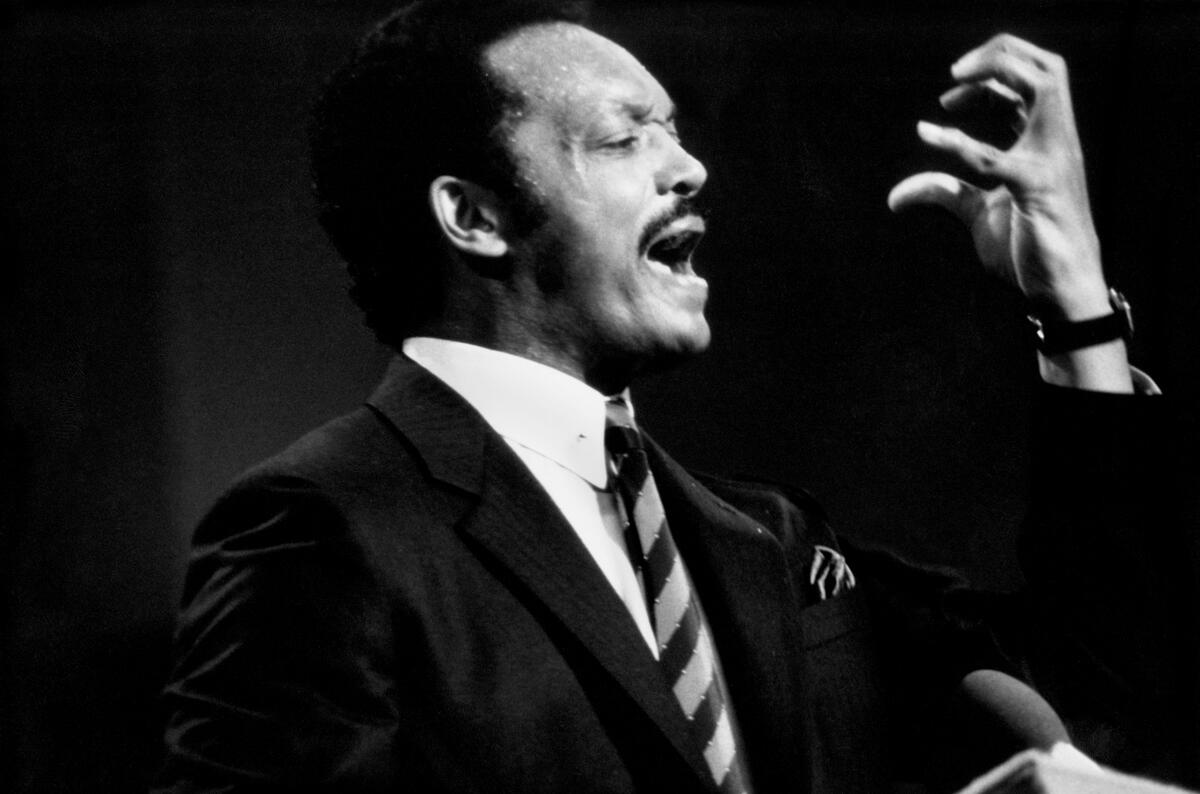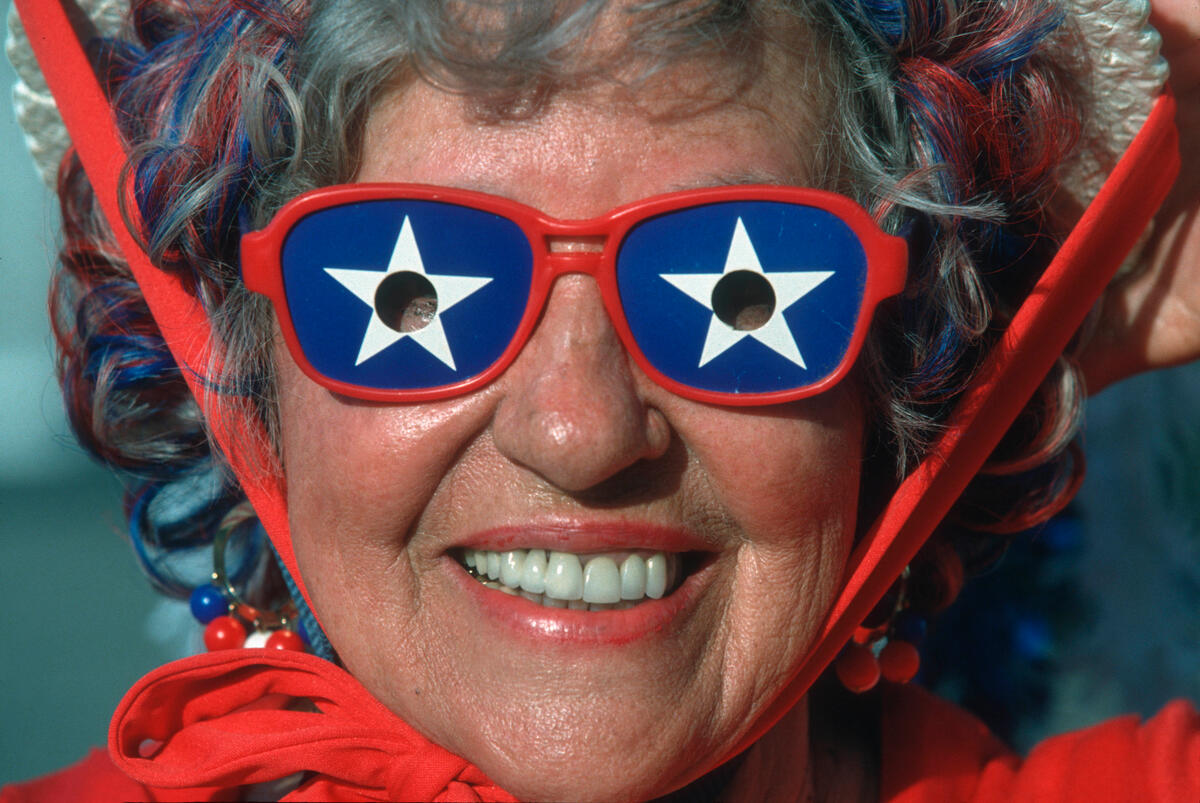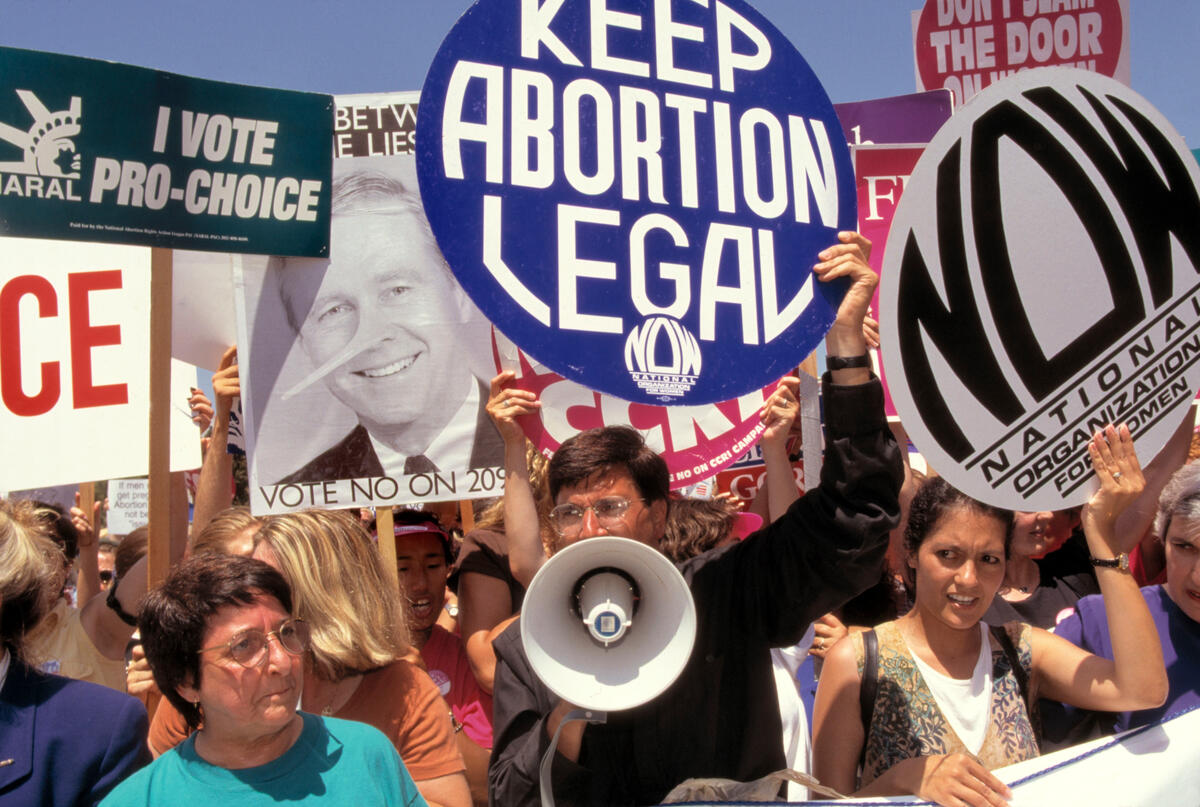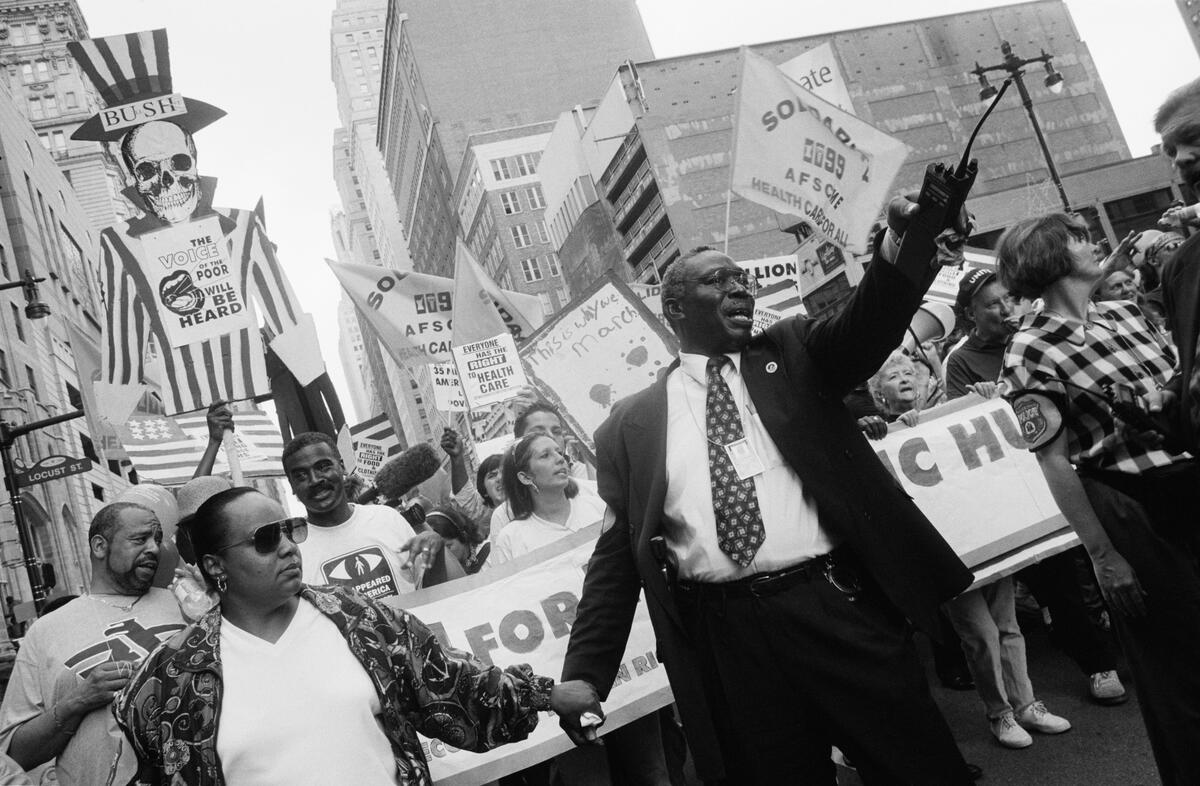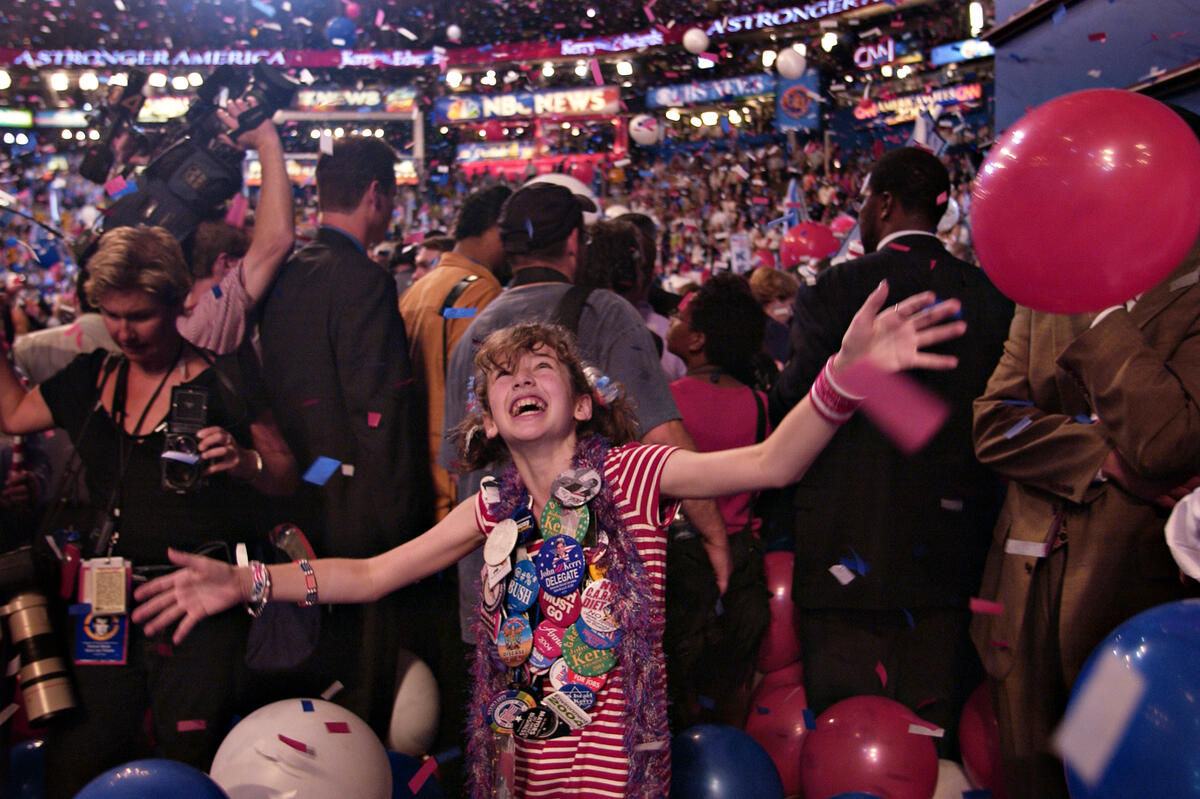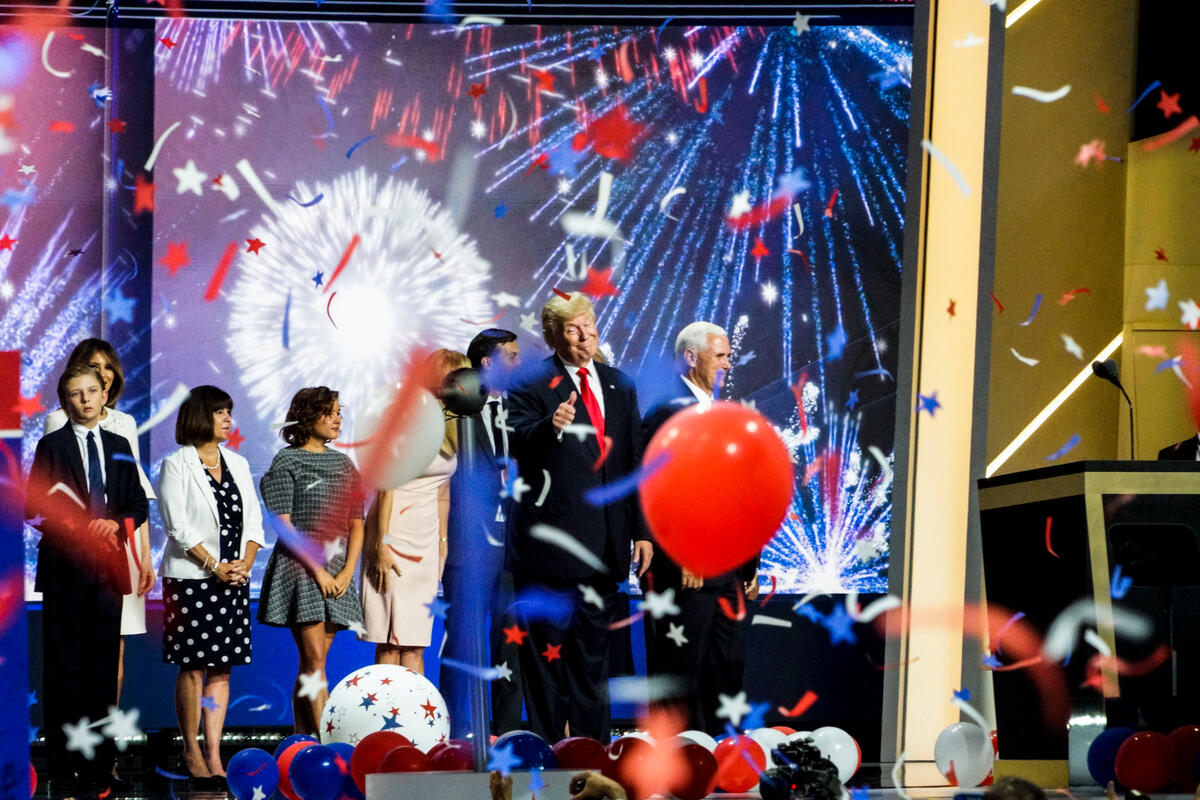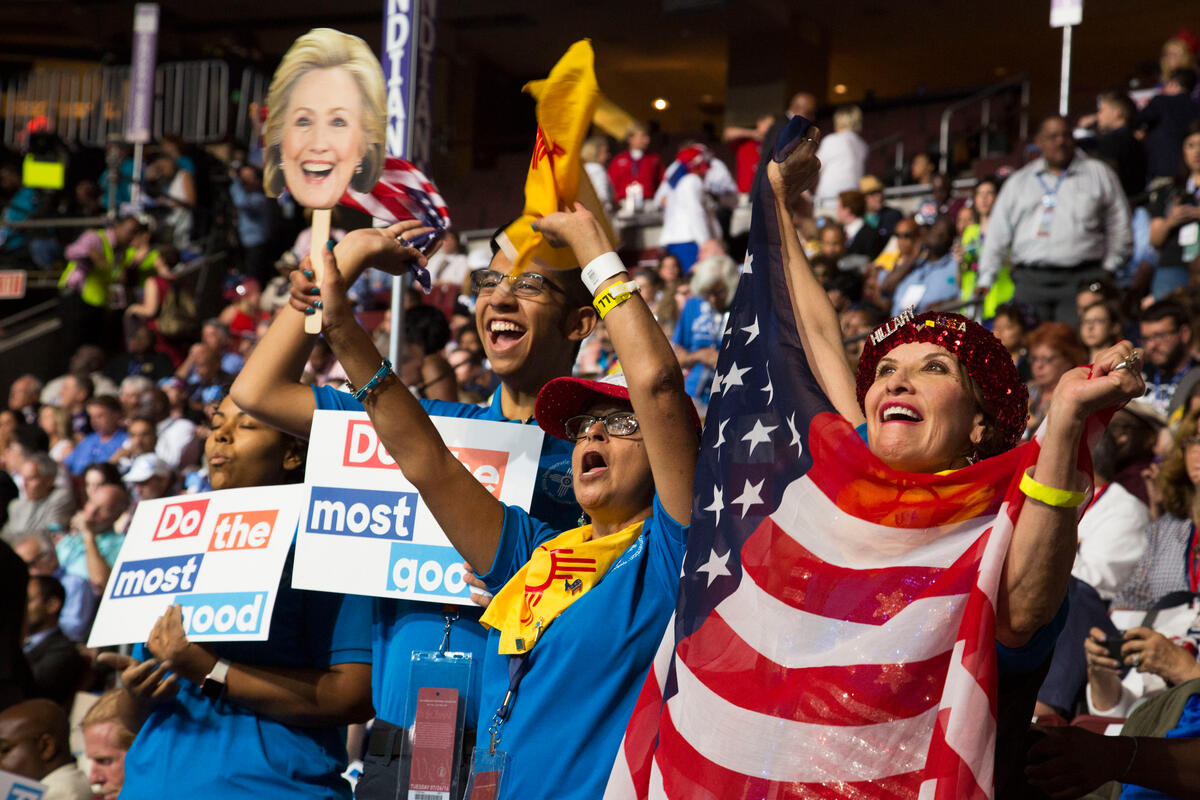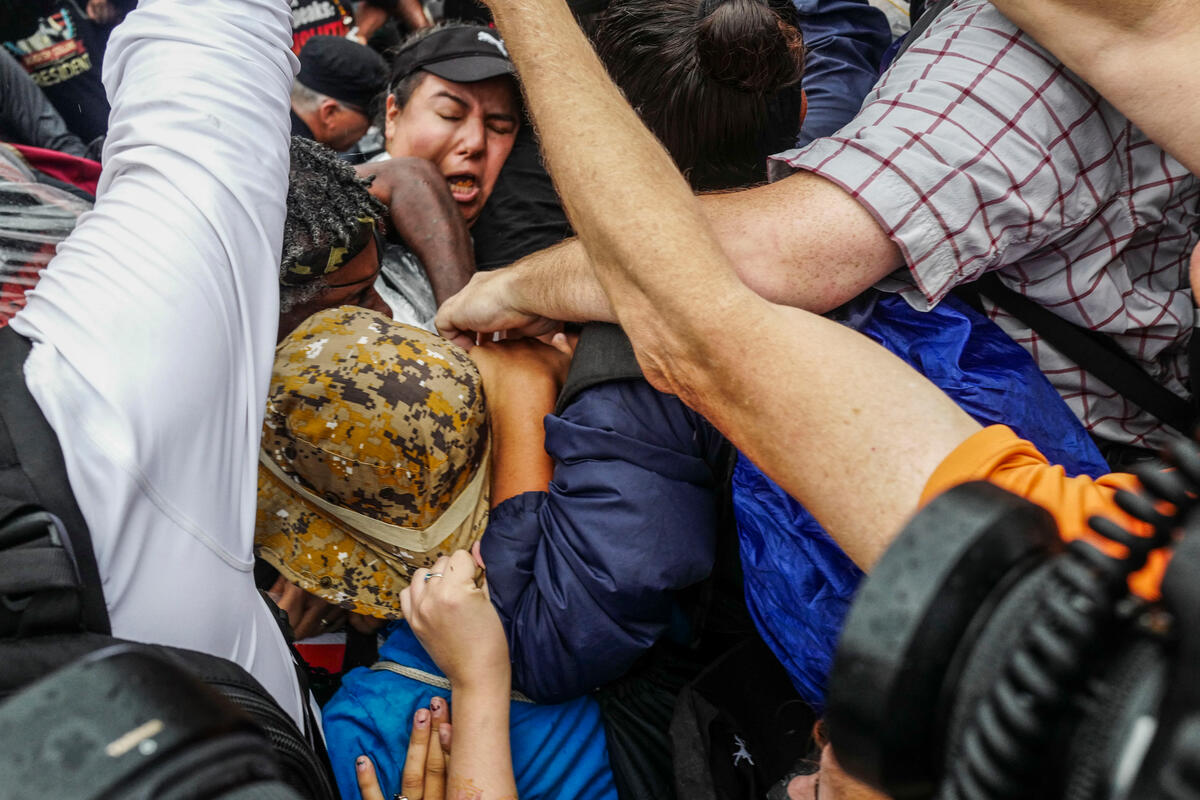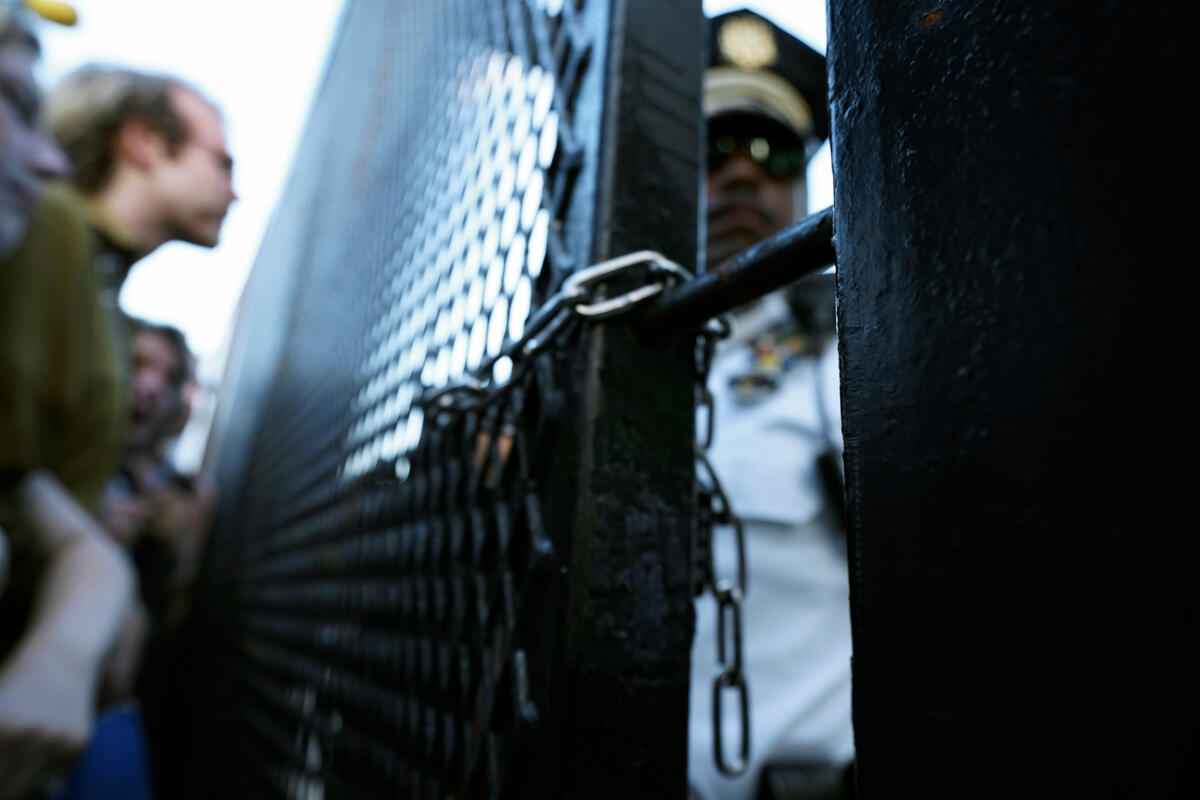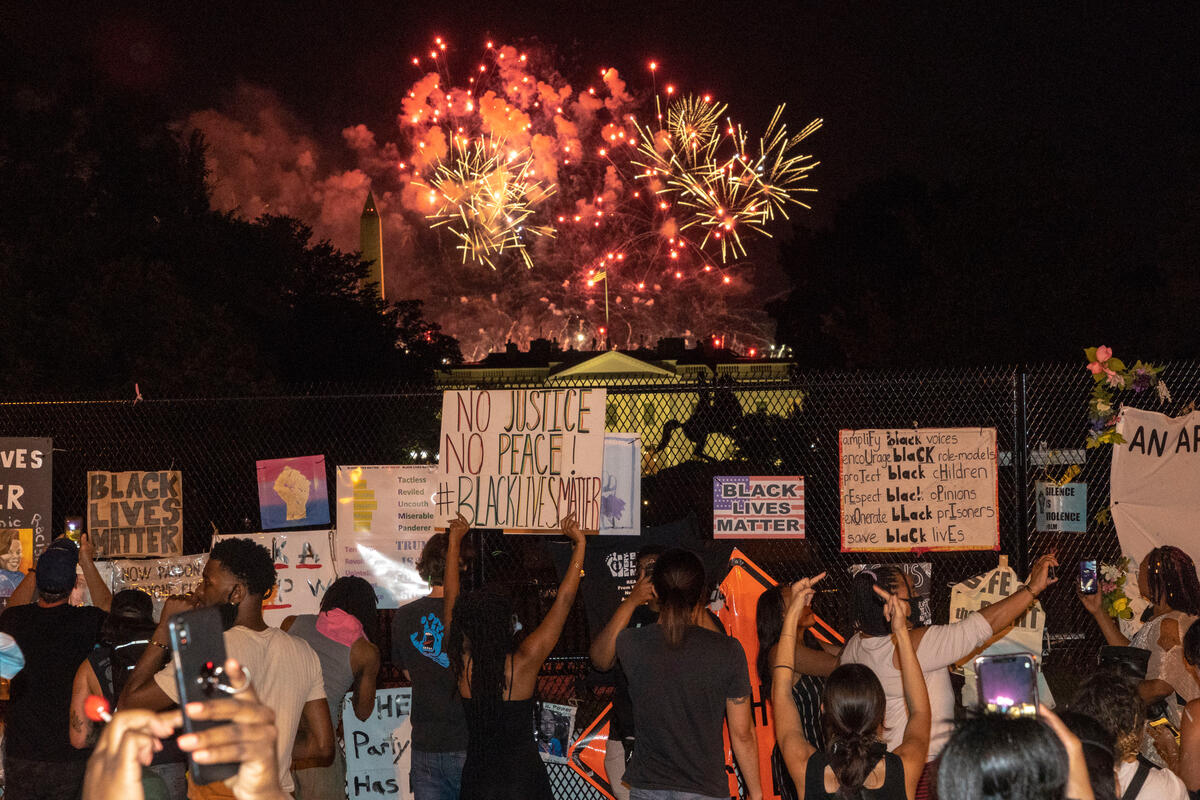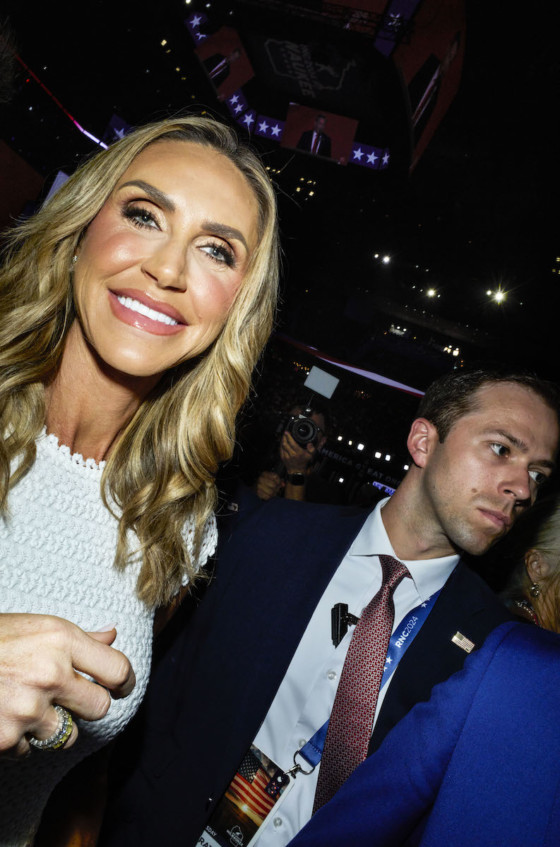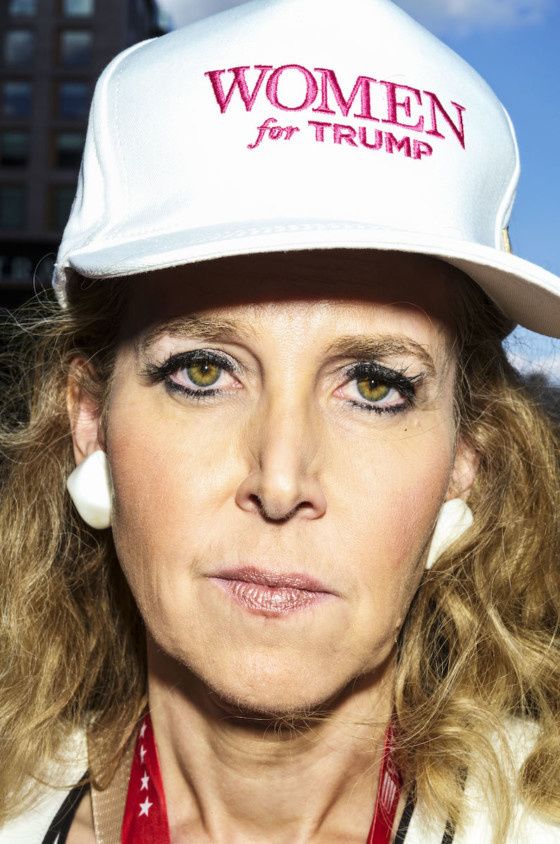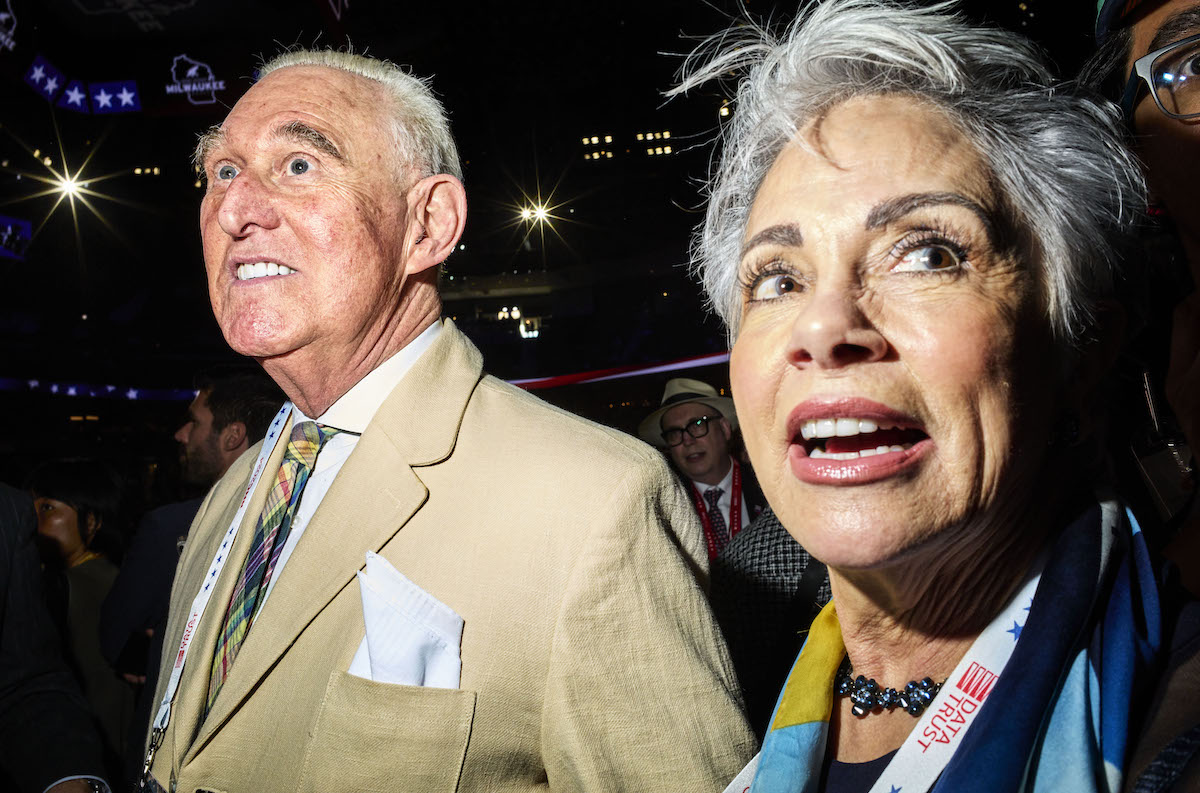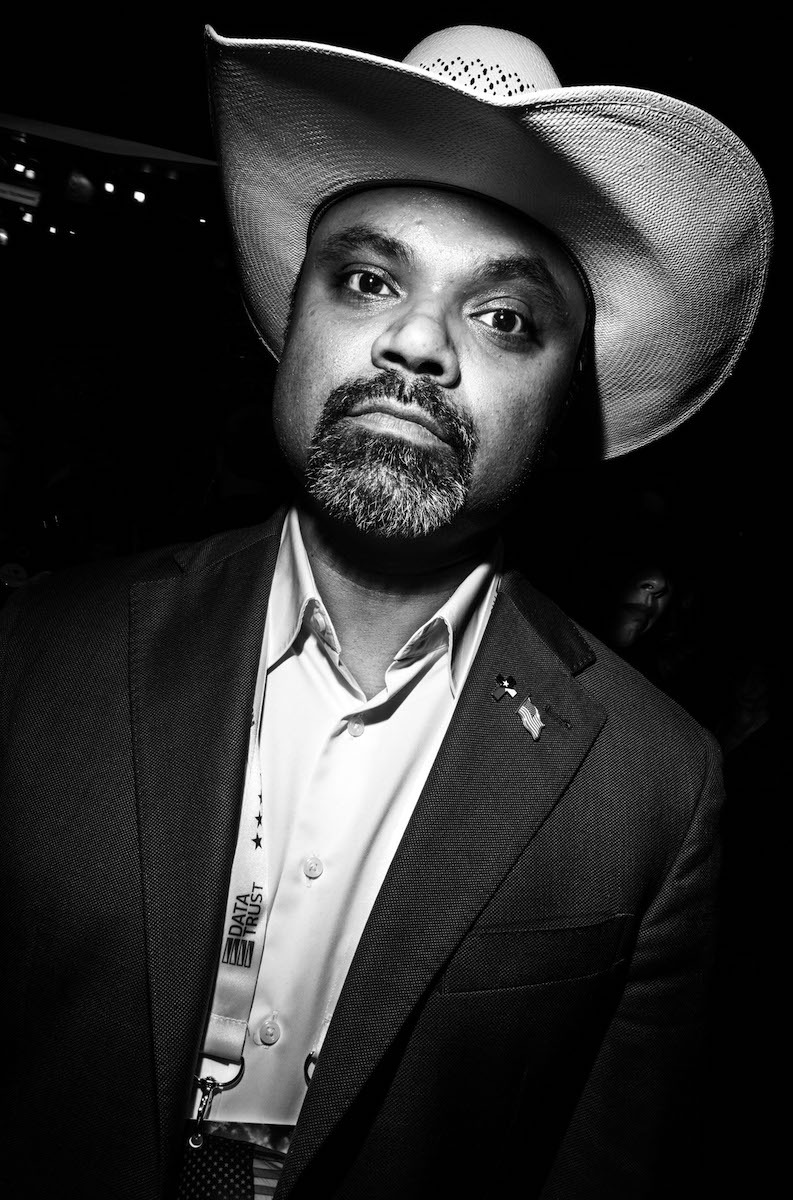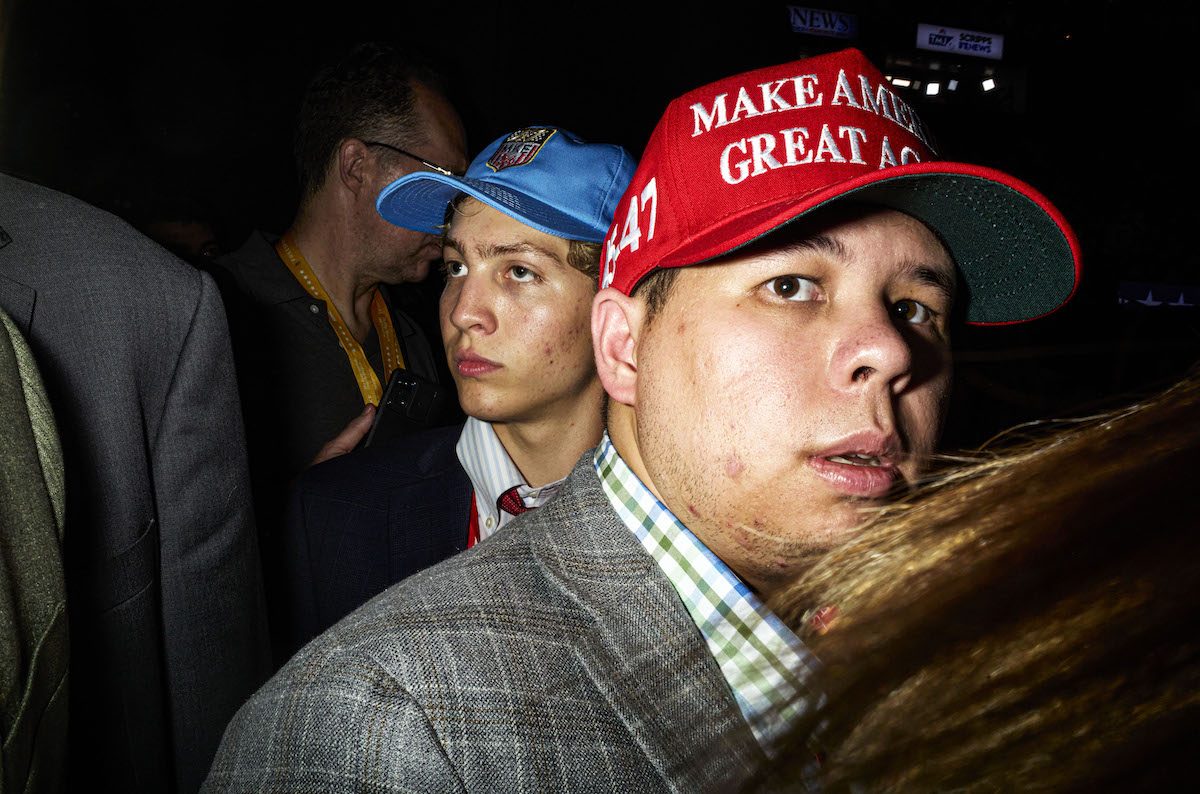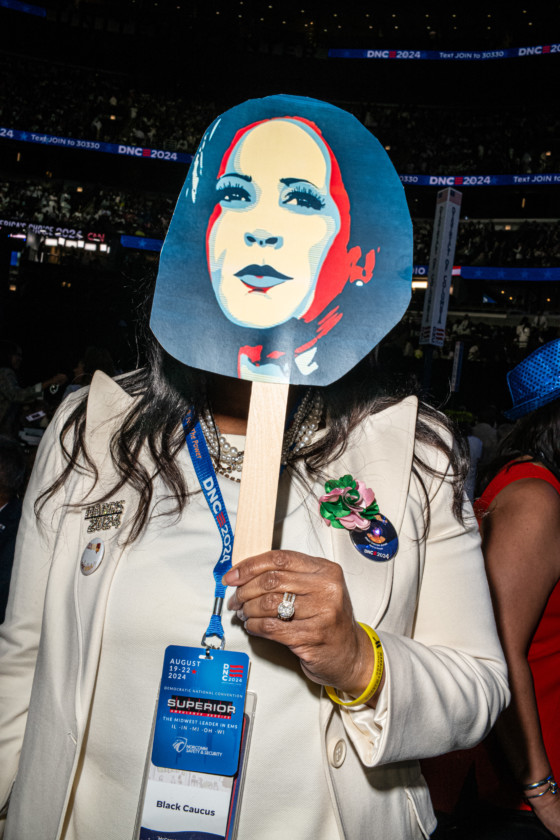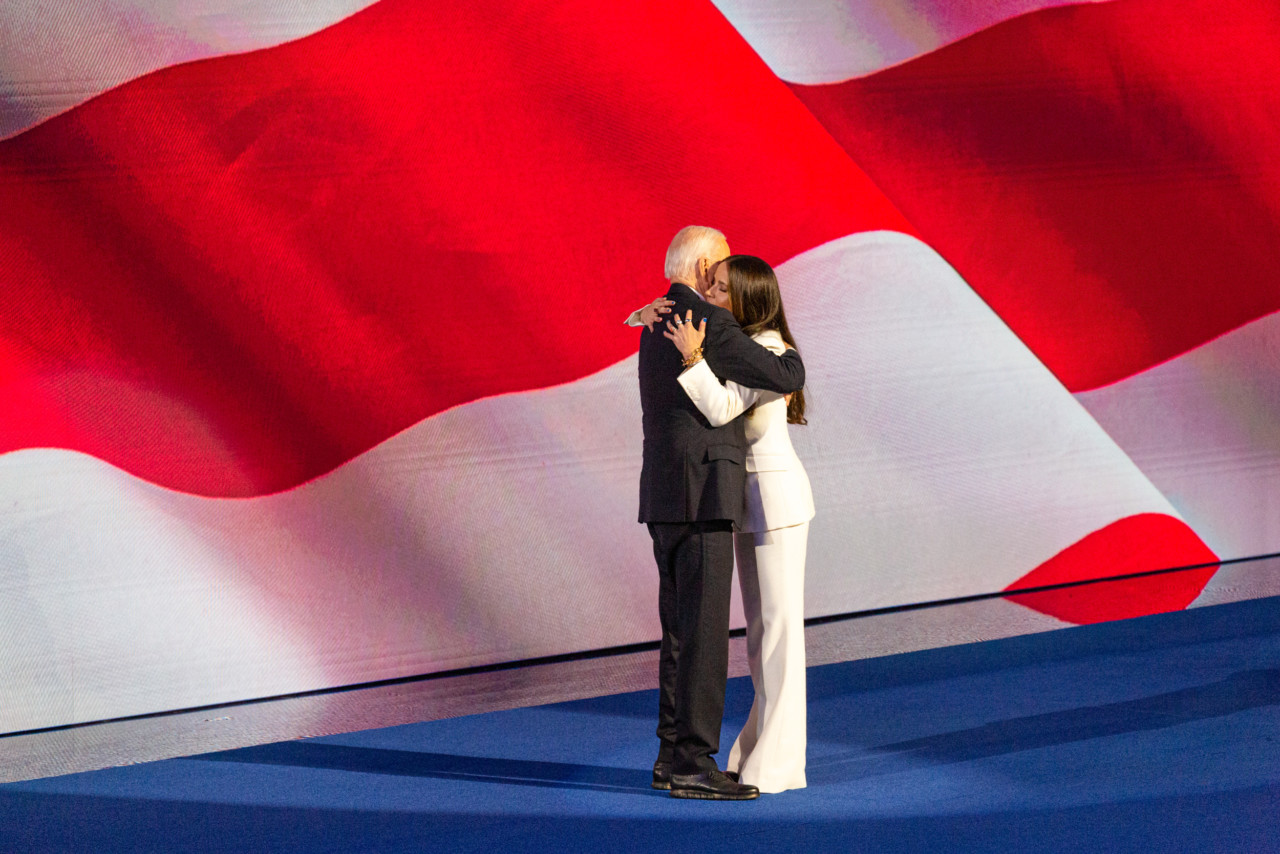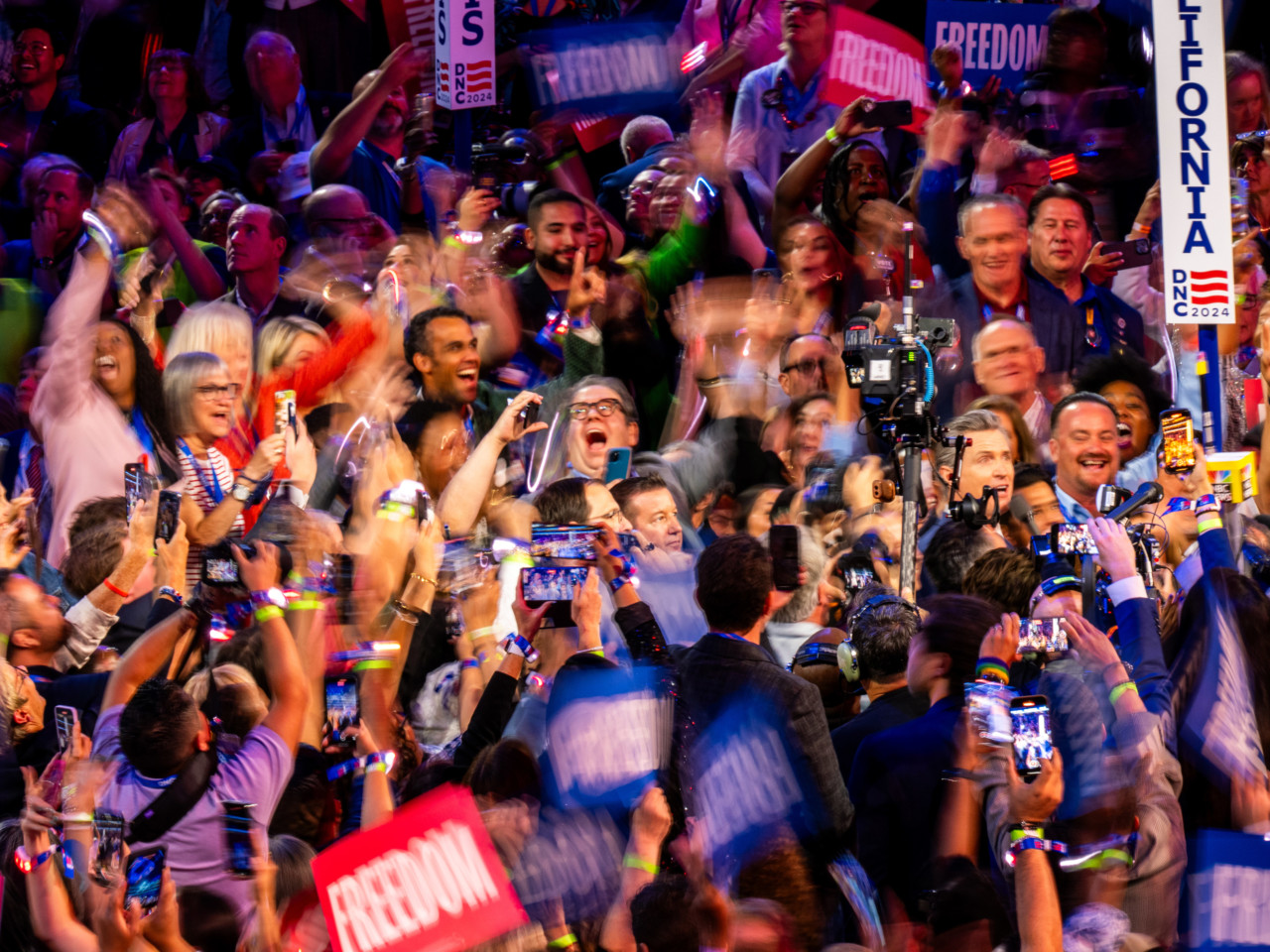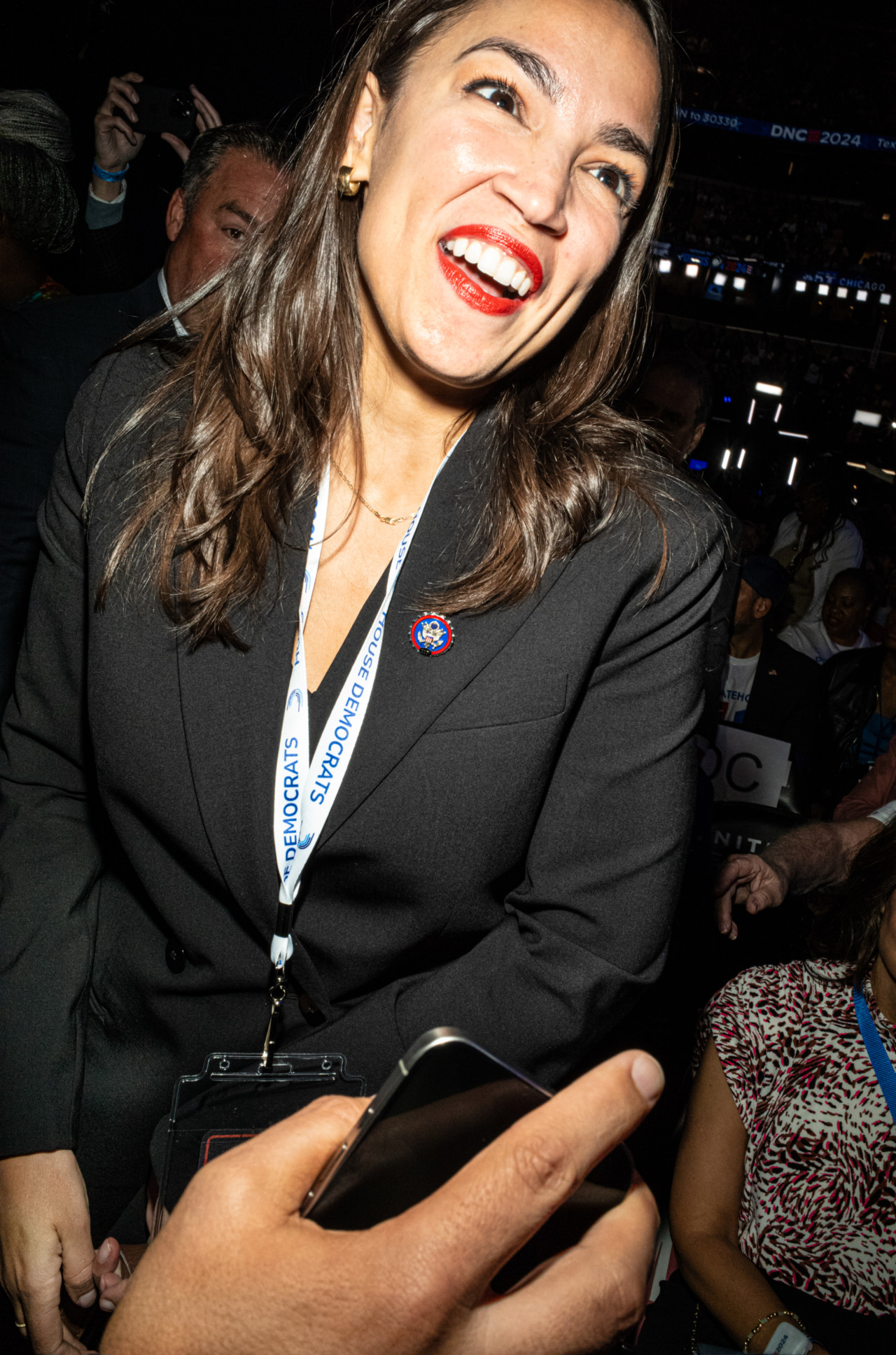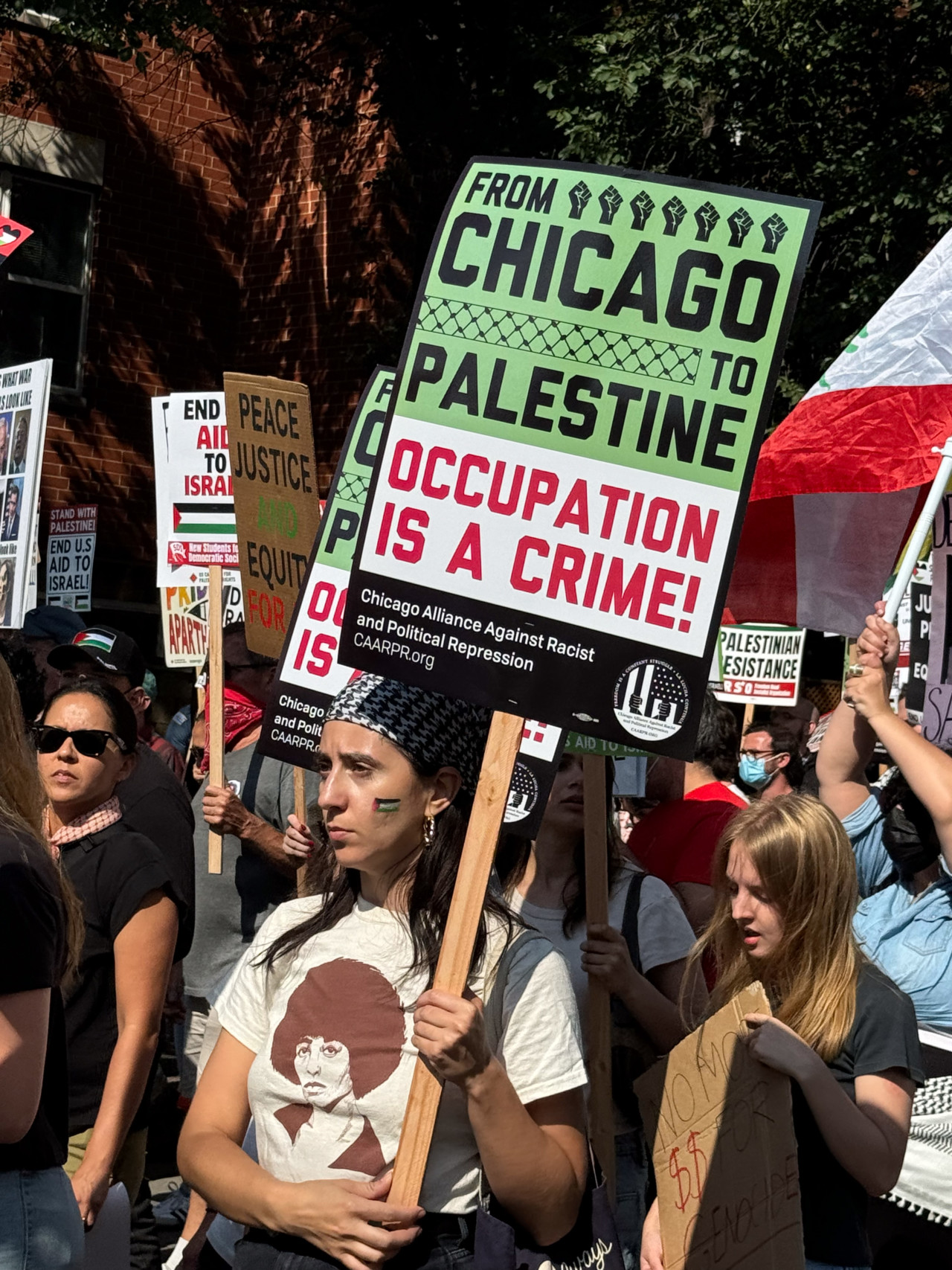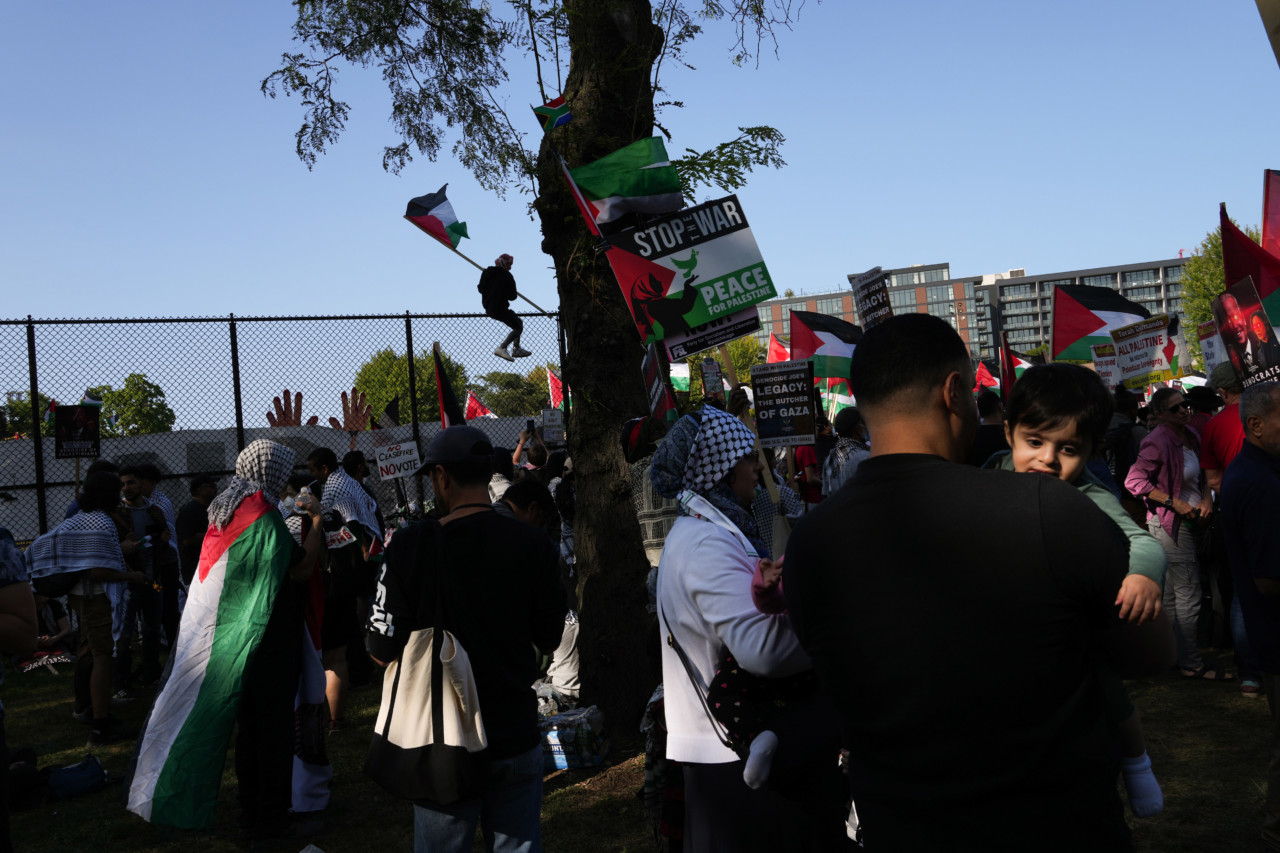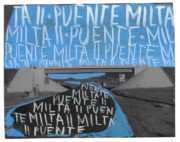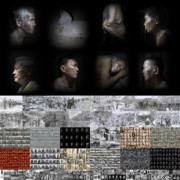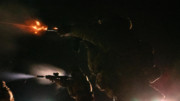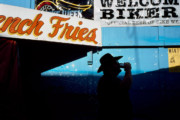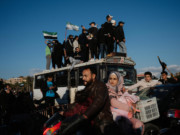U.S. National Conventions Through the Magnum Archive
A selection of images from the Magnum archive that document U.S. national conventions from 1952 to 2024
Every four years since the 1950s, Magnum photographers have traveled across the United States to cover the run-up to the elections, capturing the surrounding popular movements at pivotal moments in American politics.
Campaigns are currently well underway for the 60th quadrennial presidential election, set for November 5, 2024. The Republican National Convention, held from July 14 to 18, followed only days after the assassination attempt on former president Donald Trump, and bore witness to his formal acceptance of his third GOP nomination for presidential candidate. The Democratic National Convention is set to take place later this summer, from August 19 to 22.
Below, we take a look back at several key moments in the history of US national conventions as seen through the lens of Magnum photographers.
In July 1952, Cornell Capa provided photographic coverage of Illinois Governor Adlai Stevenson II for several weeks prior to his nomination as the Democratic Party’s presidential candidate. This assignment marked Capa’s inaugural coverage of a national political convention, a role subsequently filled by other Magnum photographers, including Elliott Erwitt, Raymond Depardon, and Wayne Miller.
From the other side, Burt Glinn documented the gathering of politicians at the 1956 Republican National Convention in San Francisco, where they expressed their support for presidential nominee Dwight D. Eisenhower and running mate, Richard Nixon. Eisenhower would go on to win the alternate presidential race against Adlai Stevenson later that year.
National conventions are often remembered for the accompanying social protests and demands. 1968, for example, stands out as a year of significant upheaval and unrest across America. The 35th DNC took place in Chicago’s International Amphitheater from August 26 to 29, seeing delegates flock to the city to select their Democratic nominee, Hubert Humphrey. Later that year, he would lose the White House to Republican Richard Nixon, and tensions were already high. While Republicans met peacefully later at Miami beach, young American peace activists took to the streets of Chicago to protest against President Johnson’s Vietnam War policies, and backlash around the convention center occurred between policemen and protesters, requiring nearly 12,000 police officers to face the huge crowd of dissenters.
The majority of clashes took place in Lincoln Park, where the protesters had established their base, and later, also in nearby Grant Park. Raymond Depardon’s iconic image of a smiling woman gently approaching a line of police, sporting crash helmets and holding guns, speaks of the majority of protesters’ peaceful intentions.
Magnum photographers have a long-standing history of documenting civil rights movements pertaining to national conventions, including those advocating for women’s and economic rights.
On July 31, 2000, on the first day of the Republican National Convention, Susan Meiselas documented the protest activities of the Kensington Welfare Rights Union (KWRU), a left-wing anti-poverty activist group based in Philadelphia, on the March for Economic Human Rights.
Fast forward to 2016, Donald Trump made his first foray into the presidential race as a Republican candidate as the party selected the then-businessman to compete for the White House against Democratic candidate Hillary Clinton. In the days leading up to the nomination of the first female Democratic presidential candidate in 2016, Philadelphia witnessed tense public denunciations and backlash between protesters and the police. Peter van Agtmael and Susan Meiselas captured these moments before she lost the presidency to Donald Trump later that year.
In 2020, demonstrators, captured by Peter Van Agtmael, assembled at Black Lives Matter Plaza in Washington, D.C., on the final night of the Republican National Convention, following Donald Trump’s second consecutive acceptance of the nomination.
On July 14, 2024, Bruce Gilden traveled to Milwaukee, Wisconsin, with the objective of documenting the faces of the Republican National Convention. This was the first public appearance of Presidential nominee Donald Trump since the attempted assassination on July 13. The Republican Party selected the candidate to represent the party in the November 2024 presidential election.
The convention coincides with a period of heightened political tension in the United States in anticipation of the presidential election scheduled for next November, with Trump gaining ground in the polls, according to recent surveys.
“I’m surprised at how the Republican faces look different this year,” said Gilden, reflecting on his ongoing work.
And from August 19 to 22, Susan Meiselas, Peter van Agtmael and Bruce Gilden covered the four-day Democratic National Convention in Chicago, where delegates from across the country gathered to formally nominate Vice President Kamala Harris and Governor Tim Walz as the party’s candidates for President and Vice President in the upcoming 2024 presidential election.
The convention saw a multitude of speakers, including President Joe Biden as well as Oprah, the Obamas and others, and concluded with Harris’ acceptance of the nomination on the last day. Outside the convention, crowds gathered to protest the war in Gaza and the party’s position on the conflict.
A group of Magnum photographers will continue to document the run-up to the November elections across the country. For assignments and commissions, contact editorialteam@magnumphotos.com.
More from the archive:
Tipping Point: The 50th Anniversary of the 1968 Democratic National Convention Riots in Chicago
In Pictures: Trump’s Road to the White House




